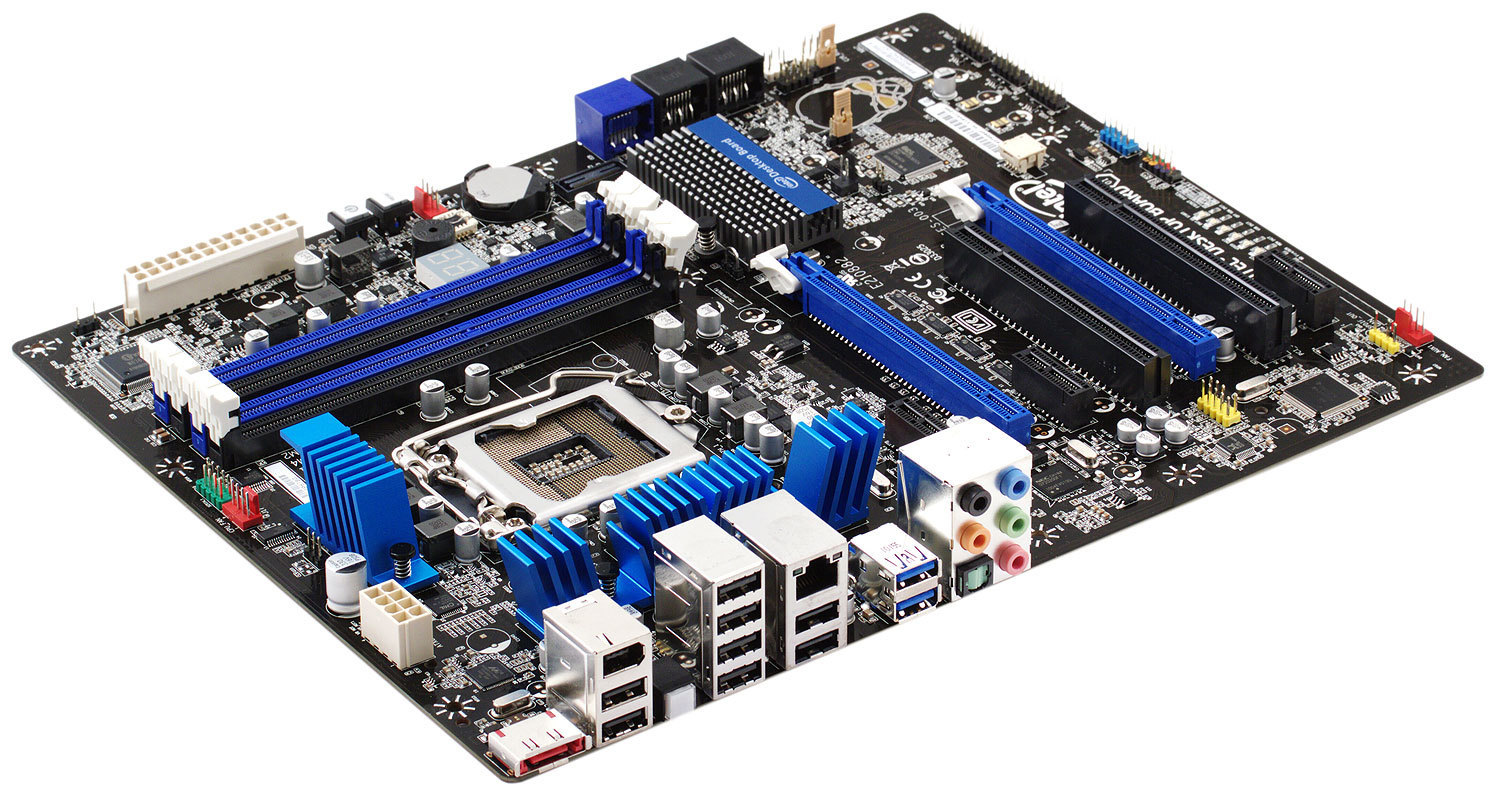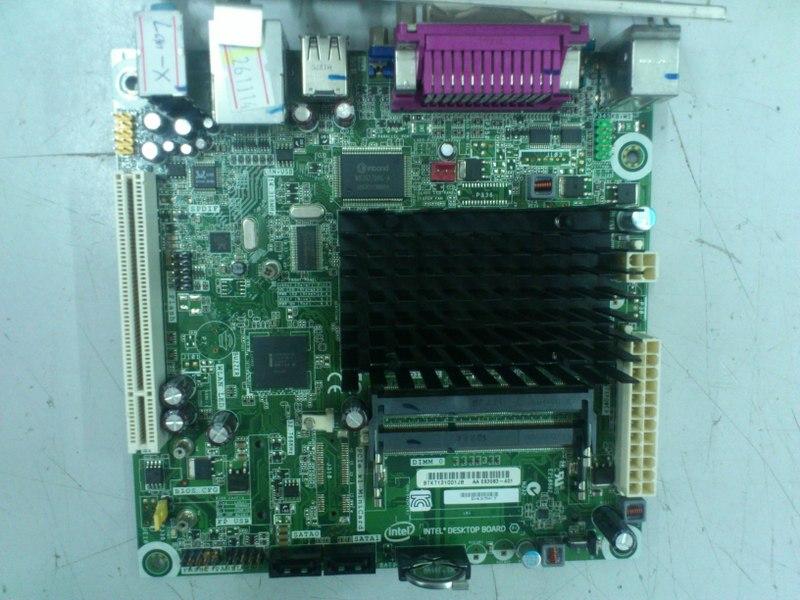
Intel may make changes to manufacturing life cycle, specifications, and product descriptions at any time, without notice. Using the Xeon focused 2011 socket gives also 4 memory Channels.All information provided is subject to change at any time, without notice. Sandy Bridge-E/EP and Ivy Bridge-E/EP both support 40 PCIe 3.0 lanes. Intel Xeon E5-2xxx/4xxx v2 (Ivy Bridge EP) (2/4S) Intel Xeon E5 2xxx/4xxx (Sandy Bridge EP) (2/4S) Used for Intel 2nd generation, 3rd generation processors. CPUs can work in Socket AM2/AM2+ĭMI bus is a (perhaps modified) PCIe x4 v1.1 interface Replaces Socket J (LGA 771) in the entry level.ĪM3 Pkg. Intel Xeon (35xx, 36xx, 55xx, 56xx series) It is just a re-branded Socket F that doesn't need special RAM, and may have only been used in the Asus L1N64-SLI WS Motherboard. Socket L was intended for enthusiasts who wanted server power in a desktop PC.

Support of Opteron limited to 100-series onlyĬan accept LGA 771 CPU with slight modification and use of an adapter An adapter is required, or if one is careful, a socket 7 can be pulled off its pins and put onto a socket 5 board, allowing the use of socket 7 processors.īackward compatible with Socket 5 and Socket 7 processors.Ĭan accept some of Socket 478 CPU with an adapter It is possible to use Socket 7 processors in a Socket 5.

Sometimes referred to as Socket 0 or Socket 486 Modern CPU sockets are almost always designed in conjunction with a heat sink mounting system, or in lower power devices, other thermal considerations. The evolution of the CPU socket amounts to a coevolution of all these technologies in tandem. As CPU and memory frequencies increase, above 30 MHz or thereabouts, electrical signalling increasingly shifts to differential signaling over parallel buses, bringing a new set of signal integrity challenges. Each socket technology will have specific reflow soldering requirements.

Likewise, within the chip carrier, the wire bonding technology also becomes more demanding with increasing pin counts and pin densities. Laptops typically use surface-mount CPUs, which take up less space on the motherboard than a socketed part.Īs the pin density increases in modern sockets, increasing demands are placed on the printed circuit board fabrication technique, which permits the large number of signals to be successfully routed to nearby components.

Because they allow easy swapping of components, they are also used for prototyping new circuits. Certain devices use Ball Grid Array (BGA) sockets, although these require soldering and are generally not considered user replaceable.ĬPU sockets are used on the motherboard in desktop and server computers. This provides superior mechanical retention while avoiding the risk of bending pins when inserting the chip into the socket. These designs apply a compression force once either a handle (PGA type) or a surface plate (LGA type) is put into place. Common sockets include Pin Grid Array (PGA) or Land Grid Array (LGA). For chips with many pins, zero insertion force (ZIF) sockets are preferred. This allows for placing and replacing the central processing unit (CPU) without soldering.Ĭommon sockets have retention clips that apply a constant force, which must be overcome when a device is inserted. In computer hardware, a CPU socket or CPU slot contains one or more mechanical components providing mechanical and electrical connections between a microprocessor and a printed circuit board (PCB).


 0 kommentar(er)
0 kommentar(er)
